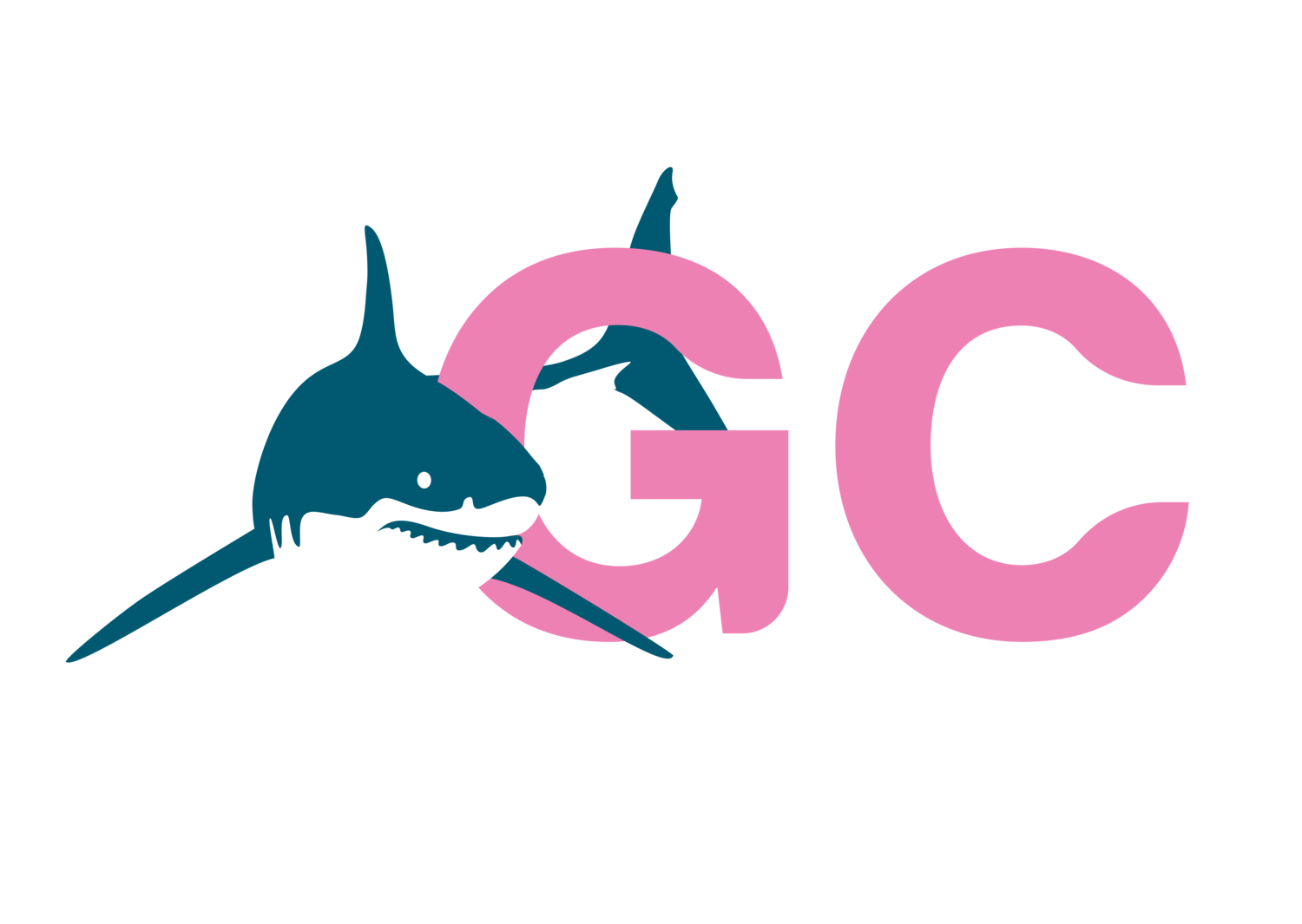Follow her on twitter: @ExpatScientist
If you have ever avoided parking on a risky-looking street or taken a different route between classes to avoid a bully, your behaviour has been altered due to the perceived presence of ‘predators’. In the wild, prey animals also change their behaviour when they think predators are around, and these altered anti-predator behaviours can often influence other species, and then influence more species, and eventually change the entire ecosystem. This is an example of indirect effects predators have on ecosystems.
My research has focused on these principles of predator/prey interaction in the ocean, and a great place to study oceanic predators and their prey are Cape fur seal colonies in South Africa. Every summer in the southern hemisphere (November), Cape fur seals give birth to thousands of pups. For example, the seal colony Geyser Rock has a population of about 60,000 Cape fur seals and every year they give birth to 10,000 seal pups! By winter (April – September) these 6 month old ‘young-of-the-year’ seals begin to venture off the colonies and swim offshore with the adults to the fishing grounds. These young-of-the-years are typically slow, plump from months of a mostly fat milk diet, and – most importantly – naïve. White sharks take advantage of this naivety and aggregate closely around seal colonies every winter to catch leaving/returning seals. Young-of-the-year pups are forced to learn how to avoid sharks quickly or suffer some rather permanent consequences! This means that during a full year, every seal colony goes through a period of high white shark presence (winter) and very low to no white shark presence (summer). Therefore, we can see how seals act ‘normally’ during the summer when there are no/very few sharks and how they change their behaviour in the winter to avoid white sharks.
A) The Western Cape of South Africa with B) Seal Island, False Bay and C) Dyer Island & Geyser Rock.
Also, there are many different kinds of seal colony islands along the coast, which lets us ask more questions about how seals use their environment to avoid sharks. I conducted my study at the Dyer Island/Geyser Rock system, which is home to ‘Shark Alley’ as well as many shallow reefs, kelp forests, and shipwrecks. About 100km to the east is another seal colony called Seal Island, which is a world-famous spot to see white sharks predate on seals, but this island system lacks the abundant nearby structures/reefs/kelp forests that are present at Geyser Rock. By looking at these two different kinds of islands, we can also examine how structures – or ‘refugia’ – may alter how seals avoid white sharks at Geyser Rock from how seals avoid white sharks at Seal Island.
And here’s what we found…
Do all of these structures and anti-predatory tactics of Cape fur seals change white shark movements around Geyser Rock? Most definitely! Check out that study (and infographic!) here.
This project was funded by the Dyer Island Conservation Trust and supported by Marine Dynamics shark tours, Volkswagen South Africa, and OCEARCH. The infographic was designed by EDNA Science. You can read the detailed scientific publication on Behavioral Ecology & Sociobiology by clicking here.




